
Welcoming a Great Dane puppy into your life is an exciting and heartwarming experience! These gentle giants are known for their immense size, affectionate nature,

Welcoming a Great Dane puppy into your life is an exciting and heartwarming experience! These gentle giants are known for their immense size, affectionate nature,
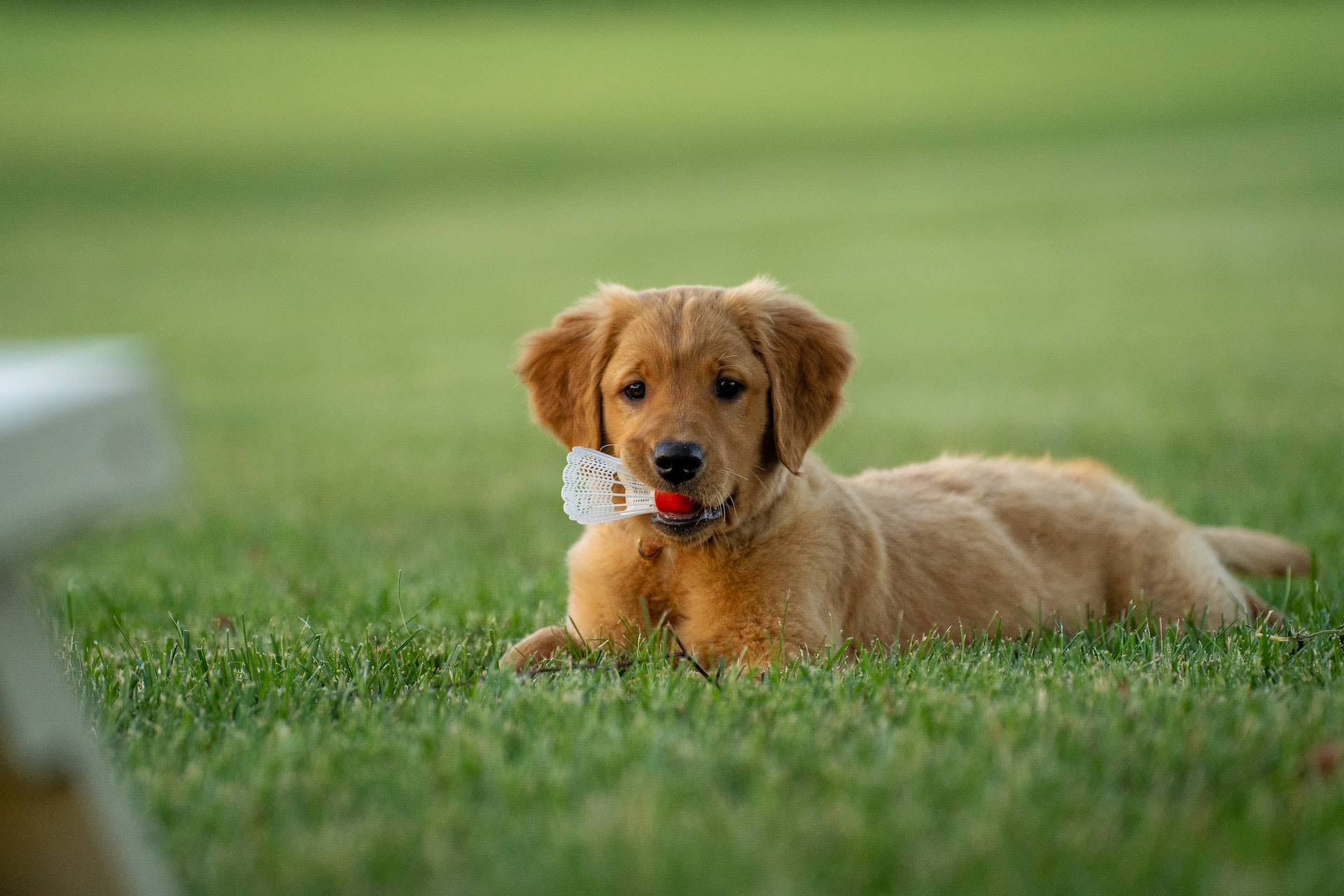
Bringing home a puppy is exciting and full of potential, but it’s also a big commitment that comes with many challenges. Before you bring your
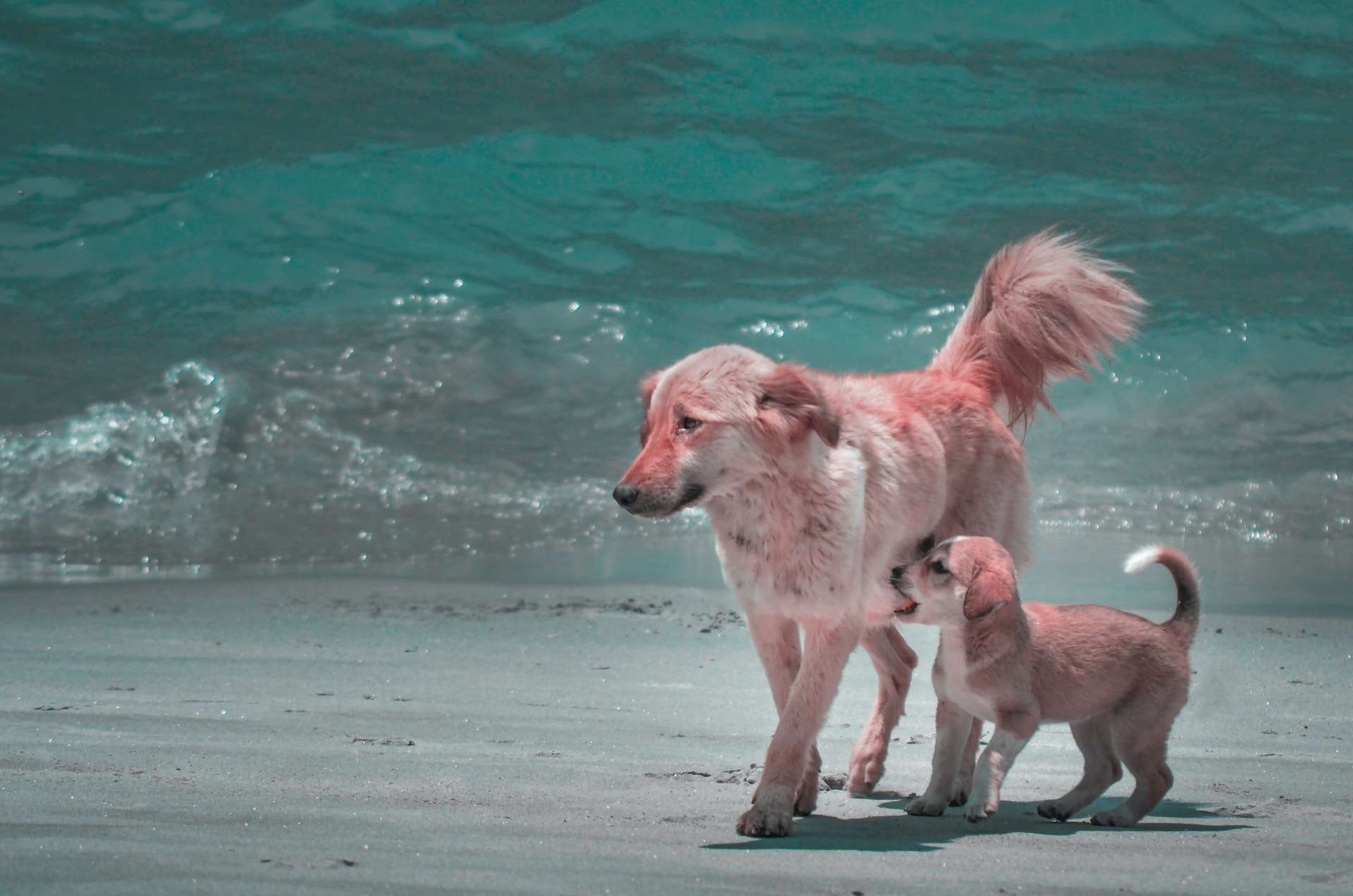
Introducing a puppy to an older dog can be stressful, but bringing a puppy home is so much fun! If you have an older dog

Excited puppy peeing is a common, fixable problem that happens when a Great Dane puppy is nervous or excited. If your Great Dane puppy peeing
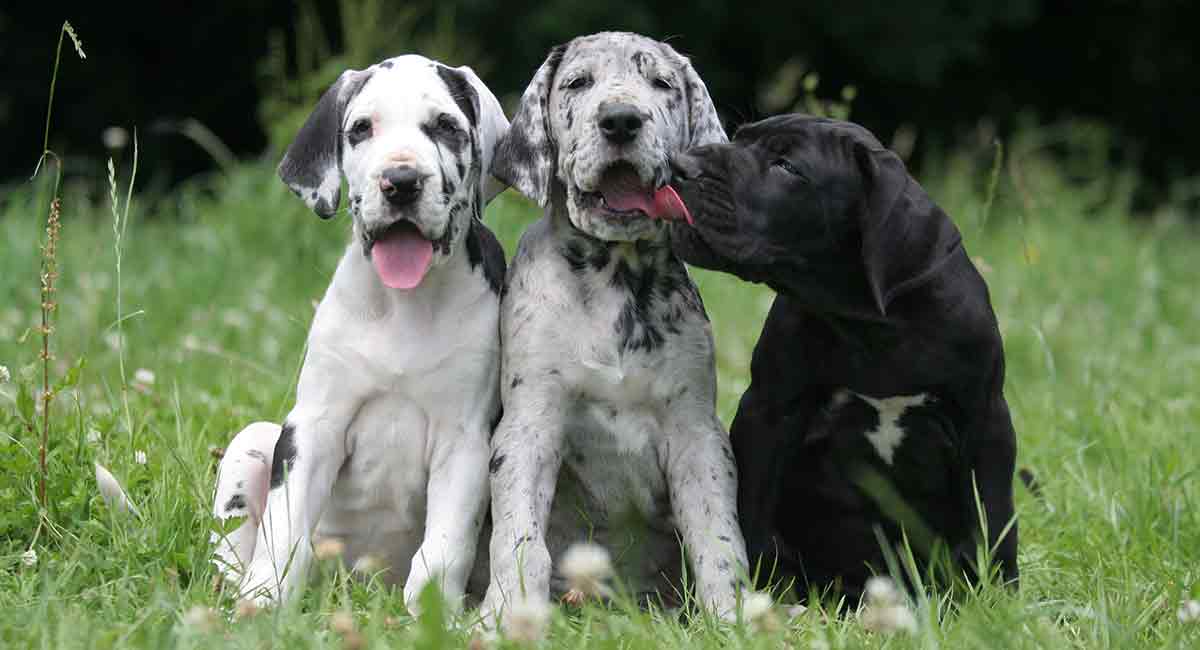
If you are the proud owner of a Great Dane, then you will want to make sure that you start training them as soon as
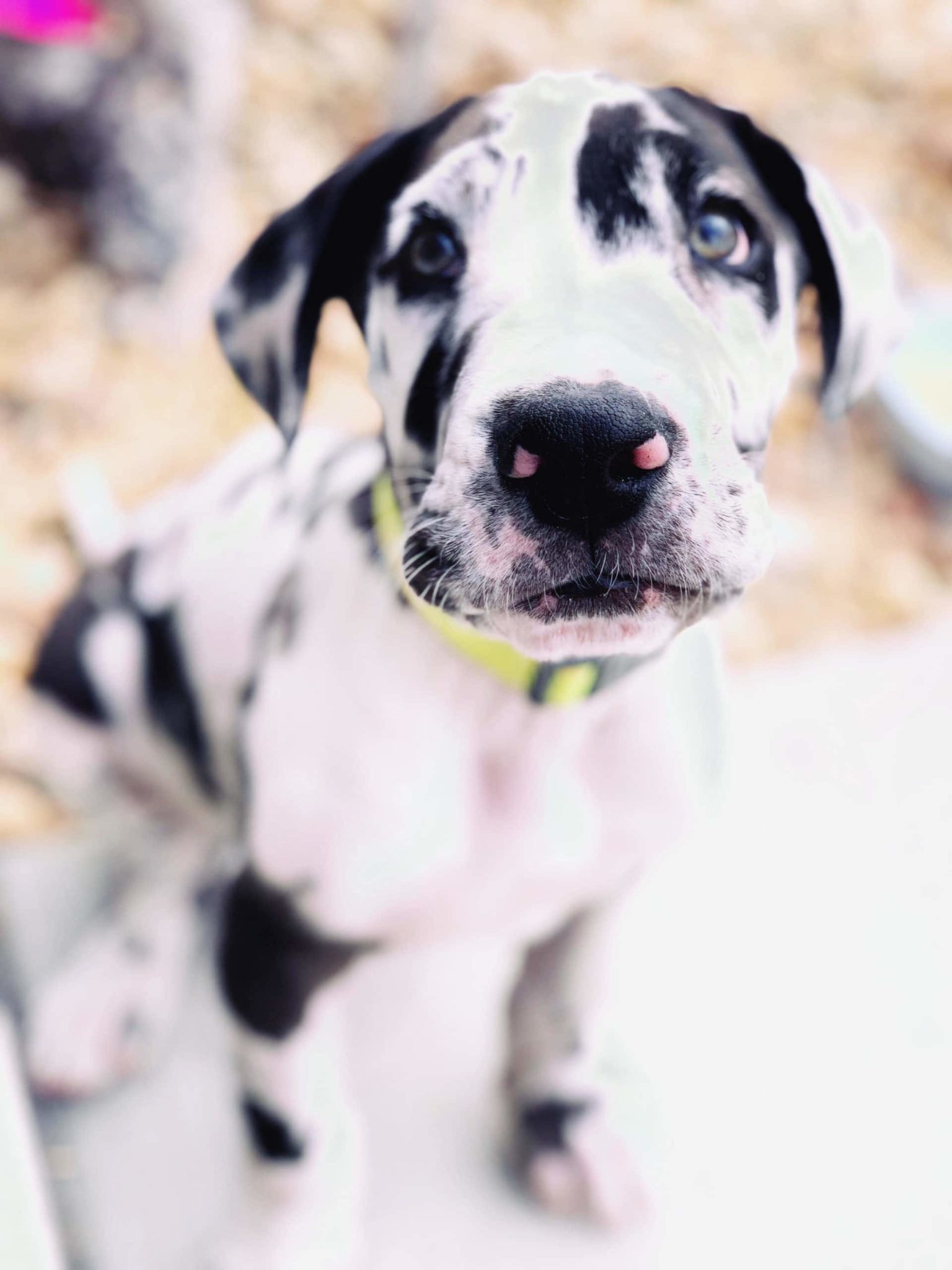
Raising a puppy can be a fun, joyous, and sometimes frustrating adventure. It’s important to avoid making common training mistakes when training Great Dane puppies.
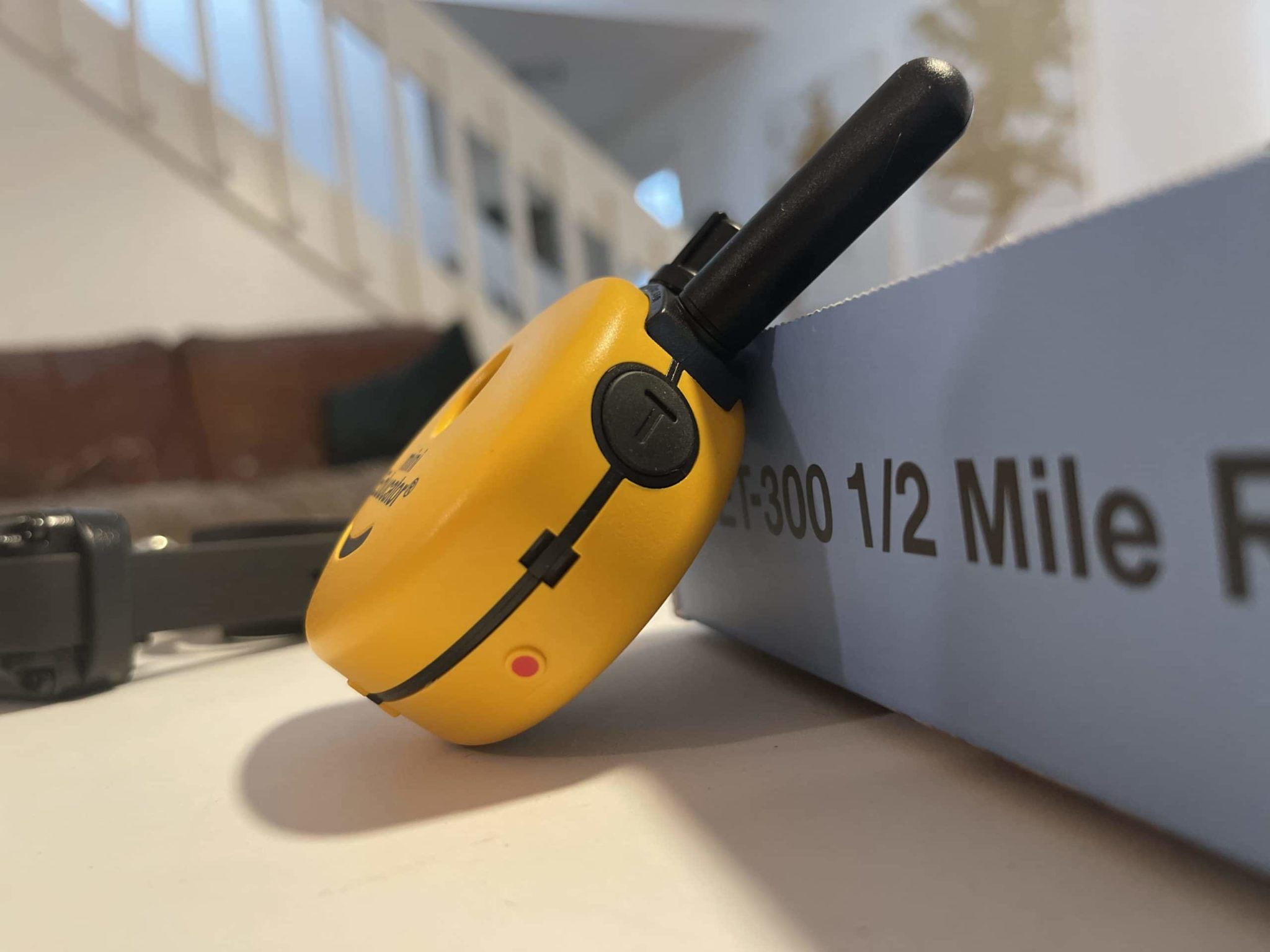
Teaching a Great Dane E collar recall can be difficult, but it’s not impossible. In this dog training guide, we will discuss the best ways to

There is almost nothing more dangerous than an out-of-control giant breed dog. Good leash skills are one of the most important things that you can

Fear stages in Great Dane puppies often happen without warning and can be alarming to pet parents. If your puppy is suddenly acting scared of
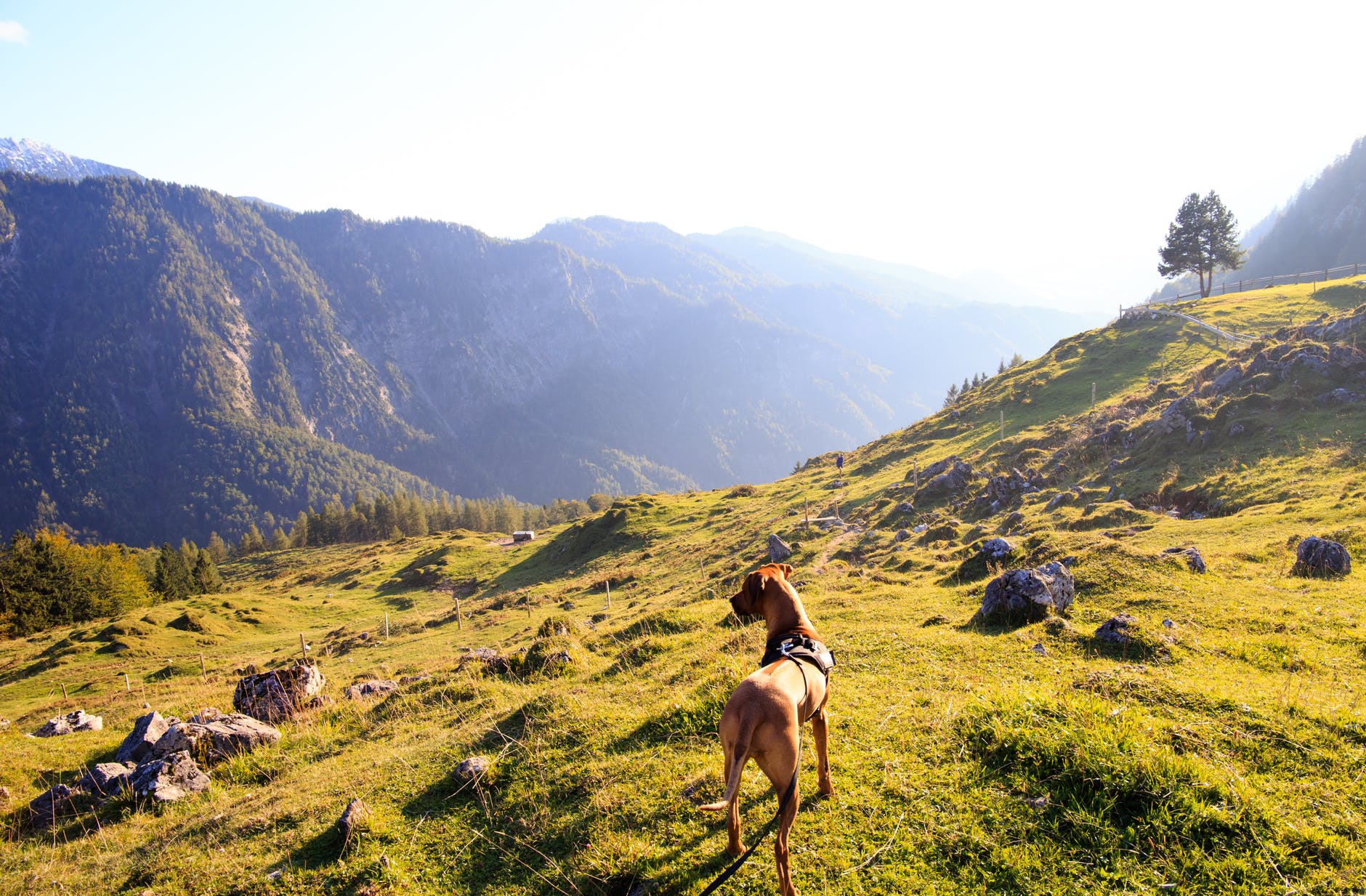
Recall for Great Danes is the difference between you screaming at your Great Dane while they run off at the terrified mailman and you enjoying